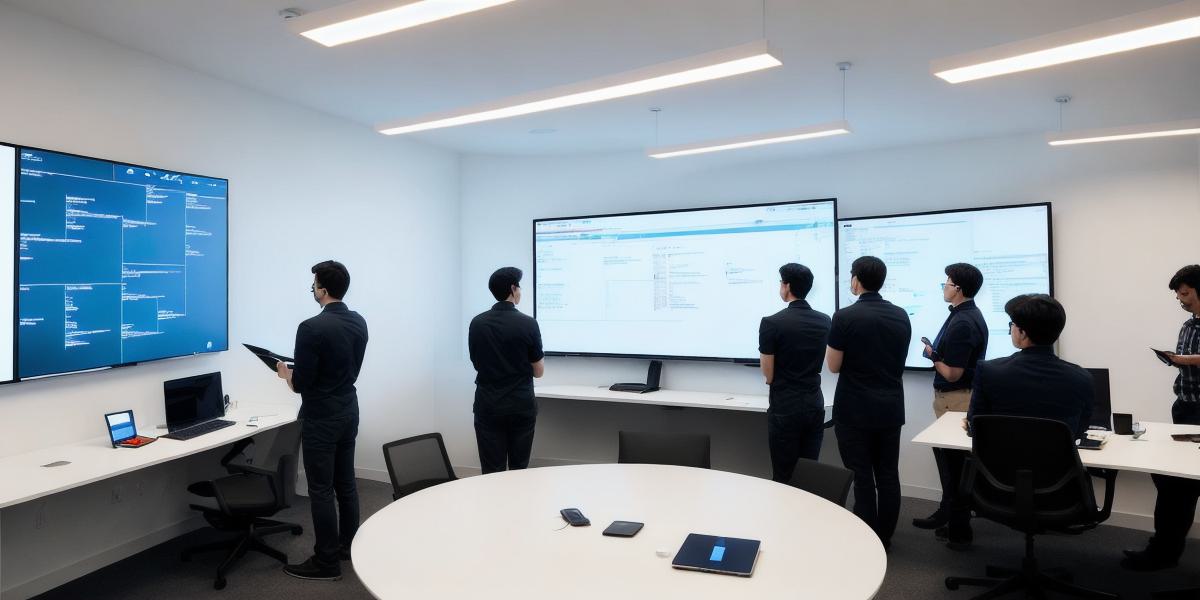Web3 is a term that has been increasingly discussed in recent years, especially as more people are becoming aware of decentralized applications (dApps) and blockchain technology. Web3 refers to the next phase of the internet, where data and applications are built on decentralized networks rather than central servers. As a developer, understanding the potential of Web3 is essential to unlocking its full impact and opportunities for building innovative dApps.
What is Web3?
Web3 is a concept that aims to build a more open, transparent, and secure internet. It leverages blockchain technology to enable decentralized networks where data and applications are not controlled by central authorities or corporations. Instead, these networks are maintained by a distributed community of users who contribute their time and resources to keep the network running smoothly.
Web3 also promotes interoperability between different dApps and platforms, making it easier for developers to build on existing infrastructure and create new applications that can interact with other dApps seamlessly.
The Potential of Web3 for Developers

One of the key benefits of Web3 for developers is the ability to build more secure and decentralized applications. By using blockchain technology, developers can create applications that are resistant to hacking and tampering, making them more trustworthy and reliable for users. Additionally, Web3 enables developers to build applications that are more transparent and accountable, as all transactions on the network are recorded on a public ledger that can be audited by anyone.

Web3 also offers developers greater freedom and flexibility when building applications. Unlike traditional web applications that rely on central servers, Web3 applications can be built on decentralized networks, which means they can operate independently of any particular organization or platform. This allows developers to build applications that are more resilient to censorship, as well as more accessible to a wider range of users.
Case Studies: Building with Web3
There are many examples of developers building innovative applications using Web3 technology. One such example is the Decentralized Finance (DeFi) space, which has seen explosive growth in recent years. DeFi applications use smart contracts to enable peer-to-peer financial transactions without the need for intermediaries like banks or credit card companies. These applications are built on decentralized networks using blockchain technology, making them more secure and transparent than traditional finance systems.
Another example of a Web3 application is Brave, a browser that uses blockchain technology to enable users to earn cryptocurrency by viewing ads. Brave is built on the InterPlanetary File System (IPFS), which is a decentralized network that allows users to store and share files without relying on central servers. By using IPFS, Brave is able to provide users with greater privacy and security, as well as faster loading times for web pages.
The Future of Web3: Opportunities and Challenges
Web3 is still in its early stages, and there are both opportunities and challenges ahead for developers. One of the main challenges facing Web3 development is scalability, as decentralized networks can be slower and less efficient than centralized servers. Additionally, there are issues related to governance and regulation that need to be addressed in order to ensure that Web3 applications are built in a way that is fair and transparent.
Despite these challenges, the potential of Web3 for developers is enormous. As more people become aware of decentralized applications and blockchain technology, we can expect to see even more innovative dApps being built on Web3 networks. Developers who are able to master the skills required to build with Web3 will be well-positioned to take advantage of these opportunities and shape the future of the internet.
FAQs
Q: What is Web3?
A: Web3 refers to the next phase of the internet, where data and applications are built on decentralized networks rather than central servers.
Q: How does Web3 offer greater freedom and flexibility for developers?
A: Web3 enables developers to build applications that can operate independently of any particular organization or platform, giving them more control over their projects.
Q: What are some examples of Web3 applications?
A: Some examples of Web3 applications include DeFi applications and Brave, a browser that uses blockchain technology to enable users to earn cryptocurrency by viewing ads.
